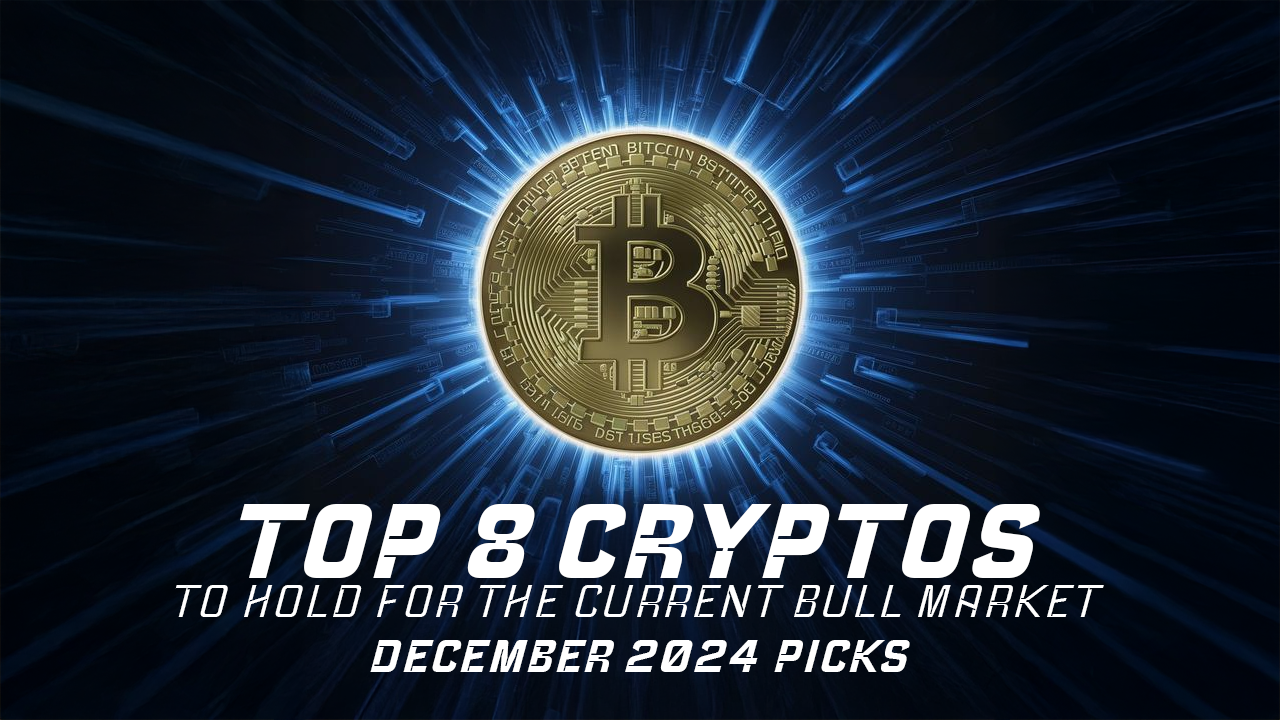ARTICLE AD BOX

- Bitcoin supercycle gains traction as global adoption accelerates, supported by nation-states and major institutional players.
- Scarcity intensifies as Bitcoin reserves on exchanges hit record lows, potentially drained within 200 days.
The worldwide Bitcoin movement is accelerating at an unprecedented rate, and the prospect of Bitcoin reaching $800,000 in the next 200 days no longer appears implausible.
During a recent conversation on the Simply Bitcoin YouTube channel, host Rustin explored how Max Keiser’s “World War Bitcoin” prophecy seems to be coming true. All indicators lead to a supercycle unlike any other given geopolitical changes, institutional acceptance, and record-breaking Bitcoin performance.
Bitcoin Supercycle: A Transformative Era in Global Adoption and Economic Strategy
During a Microsoft conference, as we previously reported, MicroStrategy CEO Michael Saylor boldly unveiled his vision for Bitcoin, therefore confirming its transforming power. Emphasizing Bitcoin’s supremacy as “digital capital,” he underlined that economic uncertainty puts conventional forms of wealth increasingly in danger.
MicroStrategy now holds over 42,101 BTC after Saylor’s continuous speculative onslaught on fiat currencies recently acquired 15,400 BTC valued at $1.5 billion. His approach has sharpened the story of Bitcoin’s scarcity, therefore highlighting why the asset is vital in an erratic world of markets.
Moreover, as countries like Russia, Morocco, and even China adopt Bitcoin, the worldwide “hash war” is getting more intense. In his trademark inflammatory approach, Max Keiser likened Bitcoin to dynamite, saying that any nation embracing it obtains an insurmountable advantage in a new paradigm of mutual assured survival.
Morocco removes a seven-year prohibition on Bitcoin, Russia formally names it as property, and Brazil proposes a Bitcoin Strategic Reserve Bill, clearly showing a change. These events highlight nation-state FOMO, indicating that Bitcoin is no more of a side project but rather a main component of world economic policy.
Institutional Momentum Drives Adoption Amid Growing Scarcity
Institutional companies such as BlackRock and Fidelity are also embracing the movement, thereby enhancing the standing of Bitcoin. Having trillions of assets under control, these financial institutions are transcending the experimental stage and completely adopting Bitcoin as a digital gold substitute and inflation hedge.
This has helped Bitcoin close its biggest monthly candle ever, underscoring how broadly the story of scarcity and resilience is resonating.
The chronology gives urgency. There are about 2 million Bitcoin left on exchanges, a historic low for the currency. Simply put, Bitcoin warns that the constant accumulation by individuals and businesses could deplete these reserves within 200 days at the current pace.
The halving mechanism of Bitcoin—a built-in supply cut every four years—adds to this scarcity. Everything, as Max Keiser rightly points out, assessed against Bitcoin trends toward zero—traditional assets, fiat currencies, even gold.
Complementing the surge, international policies are moving toward Bitcoin acceptance. Although U.S. President Donald Trump has cautioned against countries switching away from the dollar, like BRICS, these cautions appear to pique curiosity in alternatives like Bitcoin.
Talks on Bitcoin as a tool for financial autonomy, a strategic reserve, and a counterpoint against centralized authority are starting to take front stage.
This cycle takes on a unique character at the intersection of geopolitics, money, and technology. Bitcoin is rewriting the rules instead of only challenging established systems. Simple Bitcoin’s analysis leaves the final question open: Would you welcome this change or risk missing out on what could be the most significant wealth transfer in contemporary history?
Meanwhile, amid the wild hopes and predictions, BTC is currently trading around $96,673.65, trying to bounce back from the correction that drove it down to around $93k and its latest ATH is poised to be touched again.
.png)
 10 hours ago
1
10 hours ago
1








 English (US)
English (US)